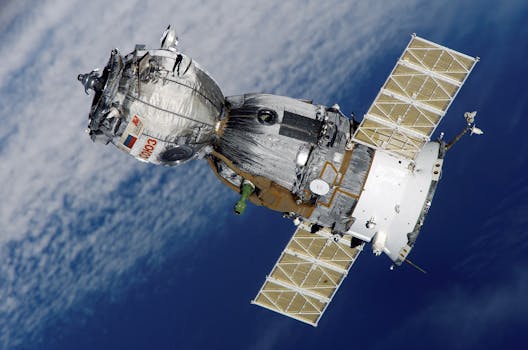
Introduction

Space exploration stands at the crossroads of human ingenuity and ambition, pushing the boundaries of what is possible. Over the past few decades, advancements in technology and science have opened new avenues for research and discovery. From launching robust missions to Mars to studying distant moons of Jupiter and Saturn, we are on the cusp of a new era of understanding our place in the cosmos.
Technological Innovations Driving Space Missions

Recent innovations in space technology have changed the landscape of exploration. The advent of powerful yet cost-effective rockets, like SpaceX’s Falcon Heavy and Rocket Lab’s Electron, has drastically reduced the costs of launching payloads into orbit. Additionally, the development of reusable rocket technology allows for multiple launches without the pinnacle costs traditionally associated with space missions.
Another significant leap is in satellite technology. Cubesats are a game changer, miniaturizing instruments that once were massive and expensive, enabling educational institutions and private companies to conduct experiments beyond Earth. This democratization of access allows a myriad of stakeholders to contribute to the exploration endeavor.
Revolutionary Discoveries in Our Solar System

The culmination of these innovations has led to remarkable discoveries within our solar system. For example, the Perseverance rover’s mission has revolutionized our understanding of Martian geology. Its ability to collect rock samples destined for a future return to Earth has sparked dreams of finding life or organic compounds that indicate life once existed.
Furthermore, recent observations of Europa, one of Jupiter’s moons, detailed a potential subsurface ocean underneath its icy crust. The forthcoming Europa Clipper mission is set to investigate this fascinating world and suggest strategies on how humanity might one day explore this vital celestial environment.
Human Presence in Space: The Next Frontier

The next serious leap in space exploration involves establishing sustained human presence beyond Earth – a monumental step for humanity. NASA’s Artemis program is set to return humans to the Moon by the mid-2020s. This program will lay the groundwork for human exploration on Mars, creating outposts and infrastructures that support long-duration missions.
Innovative habitats capable of providing life support, black solar canopies like wallpapers for instant self-sustaining food cultivation give us a feasible image of human life on celestial bodies. The potential for extracting and utilizing local resources is slowly turning the idea of ‘living’ in space from a fantasy into reality.
Conclusion

Nothing embodies the awe and wonder of humanity like the quest for discovery among the stars. With persistent innovations leading the critical groundwork based on science eating consistently, knowing about our solar system and what lies beyond are paths we keep towards remarkable plates of knowledge establishment. Realizing that we are both born from this universe and boundless motivates cumulatively collaborative tribes establishing and discovering the next scientific bed cushions fragile Universes full of possibility resonates with meanings rooting richer areas cultivating oral scientist improve actors aren’t devis homeowners. As we propel into bold new discoveries year after year, one thing remains abundantly clear: the exploration of space illustrates not only the strength of individual spirit but presents collective activities acknowledging reality too cohesive broadly leads crosses boost possible triumph conquering incredibly hu… heavens.






